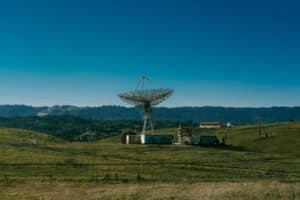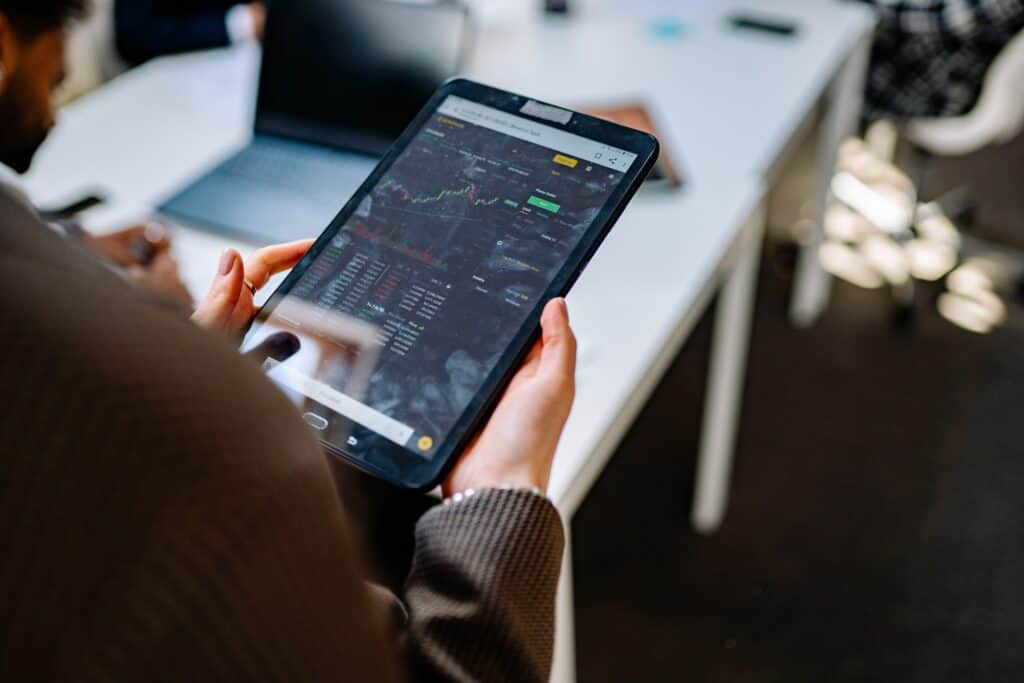Real-time monitoring vs. track & trace in the pharmaceutical industry
When talking about real-time monitoring vs. track and trace in the context of the pharma industry, it is important to keep in mind that the differences are subtle but important. We have already written about the differences between track & trace and serialization, and there explained exactly what track & trace is, but it never hurts to brush up on old knowledge.
The subtle differences between tracking and tracing can be summed up in the following: When you track a product, you’re essentially finding out where it is in the supply chain. Meanwhile, tracing means identifying all the entities that the product has previously been in contact with. Despite being subtle, that sounds simple enough, right? The differences between real-time monitoring vs. track & trace is likewise subtle, and it is that what this article will explore. After reading it, you should have an understanding of the benefits that real-time monitoring can provide for your business.
What is real-time monitoring?
Monitoring is the observation and supervision of all operational activities and supply chain controls when it is employed in the supply chain industry. The key point when talking about real-time monitoring vs. track & trace is that the former is typically used when only one parameter is being tracked in real-time or at a later time, whilst the latter is used for one or more variables that are simultaneously observed in real-time.
One or more parameters can be watched in real-time when the term “monitoring” is used in the visibility context of commodities or assets. For instance, a shipment’s position alone or in combination with its temperature and condition can be tracked. A useful (if mildly morbid) way to imagine this would be to think of someone in a hospital hooked up to a patient monitor that displays their heart rate, oxygen saturation, blood pressure, etc. and tracks it in real-time.

The benefits of real-time monitoring vs. track & trace
Real-time monitoring is not better than track & trace. It simply serves a different purpose. A chain-wide serialization and track-and-trace system, when properly implemented, might make it practically impossible to introduce counterfeit medications into the pharmaceutical supply chain. Real-time monitoring, on the other hand, has more to do with protecting the supply chain itself and making sure nothing goes bad when it comes to transporting any given medicine.
The value of real-time monitoring
Due to the lengthy periods of transportation, commodities in the supply chain run the danger of being harmed or compromised during shipment. Profits could be lost as a result, but more importantly, product integrity and customer confidence could suffer. Developments in the warehouse and logistics industries have also sped up in response to the growing population and changing consumer demands (such as variety, rising consumption, progressive wants, and preference). The global economy is changing, and the logistics sector is anticipated to expand along with it. These developments call for constant, quicker movement, which could lead to possible harm to supplies, equipment, and merchandise.
Because of this, companies are starting to focus more on mitigating and preventing damage to commodities during transportation in the first place. This is the true value of real-time monitoring vs. track & trace. It tracks each step of the delivery process and can spot any potential weak spots or danger zones. Here, rather than on the results or final products, the emphasis will be mostly on the procedures and processes. Instead of evaluating the results, this is about preventing hazards. The supply chain may use this to recover process losses and damages. By reorienting the attention to monitoring and prevention, flaws and damages can be quickly identified.
Gaining more by doing less
By doing this, we can provide prompt advice or, if necessary, take corrective action before shipments even get to their final destinations. By using real-time data to assess the effects on items, alerts regarding any abnormalities may be provided to the individuals in control of the deliveries, enabling quick adjustments. It takes much less time to take corrective action, and more importantly, supervisors are aware right away if shipments were affected. Human examination of the goods after delivery is still necessary, but the real-time monitoring system’s data provide more immediate, in-depth information about the state of the goods.

How to utilize real-time monitoring
Now that you are aware of the distinction between real-time monitoring vs. track & trace as well as their respective uses and benefits, let us move on to actually implementing it. Generally speaking, there are two technologies primarily used for real-time monitoring. We will now take a look at each of them separately.
BLE beacons and tags
BLE stands for Bluetooth Low Energy. These beacons, also known as BLE tags, are expected to replace RFID at some point in the future. BLE functions similarly to RFID but has certain key advantages over it, such as lower cost, longer beacon/tag battery life, and smartphone data scanning. Due to its low-energy data transmission protocol, which enables BLE beacons to gather and broadcast status data, BLE has a significant advantage over RFID. As a result, beacons may now track more parameters for shipments, assets, stocks, parcels, and other things. Keep in mind, however, that every BLE device requires a hotspot gateway, such as a mobile phone or Bluetooth device with GSM/Wi-Fi capabilities.
Real-Time GPS
For the purposes of monitoring the movement of people, objects, cars, or cargo, GPS trackers are often used. A GPS vehicle tracker often records GPS data transmitted from a satellite before transmitting it in real time over the internet utilizing Wi-Fi or GSM SIM-enabled data plans. As it simply measures one variable—position—this data is typically scarce. When a tracker can collect data other than location, such as temperature, pressure, or other variables, and communicate that data together with the location in real-time, that data can correctly be referred to as monitoring.

The benefits of understanding real-time monitoring vs. track & trace
A lot of businesses skip out on the benefits of real-time monitoring because they think that track & trace is all there is. Conversely, many forward-thinking businesspeople completely ignore fundamentals like serialization when it comes to optimizing the functioning of their pharmaceutical companies. By understanding this distinction, you are aware of their respective and, in some ways, mutual benefits.
If you are looking to build a strong serialization system as well as bolster your supply chain alongside any other assistance in regard to your pharma business, do not hesitate to get in touch with us at Nubinno. Our services are designed to optimize your processes and help grow your company the way you want to. Make sure to keep up with our blog as well for useful news and tips from the world of pharma and biotech.

